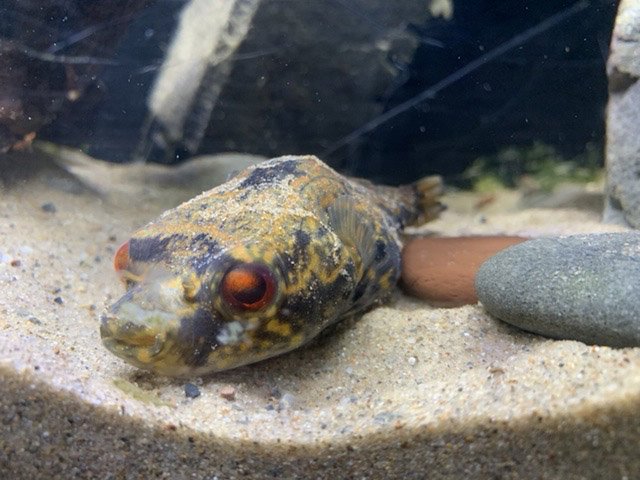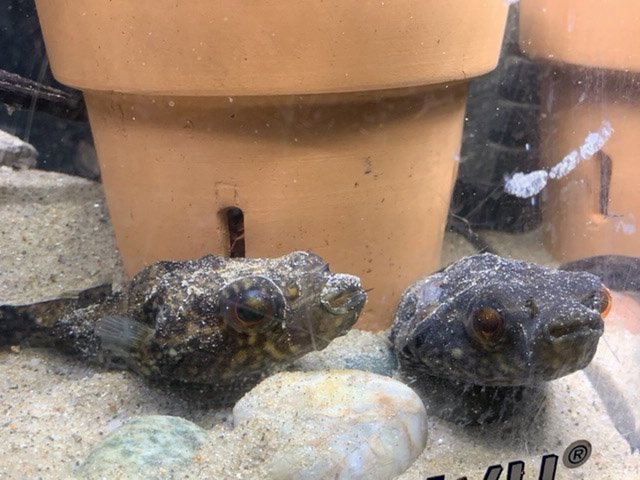I was fortunate to acquire a small group of these fish. I kept 2 in a community tank 25 years ago but I was new to the hobby and overstocked the tank, losing most of the fish 6 months later. They never bit other fish or each other hand became very tame. I always wanted more but didn’t know what they were. Now I’m sure they were palembangensis.
I have 5 coexisting in a quarantine tank and no fights or biting have occurred. I have a small sucking loach in the tank to help with algae and they have not touched it either. I’m curious if others have kept this species. I think I will keep the group together unless they show signs of aggression.


I have 5 coexisting in a quarantine tank and no fights or biting have occurred. I have a small sucking loach in the tank to help with algae and they have not touched it either. I’m curious if others have kept this species. I think I will keep the group together unless they show signs of aggression.


Last edited by a moderator:









